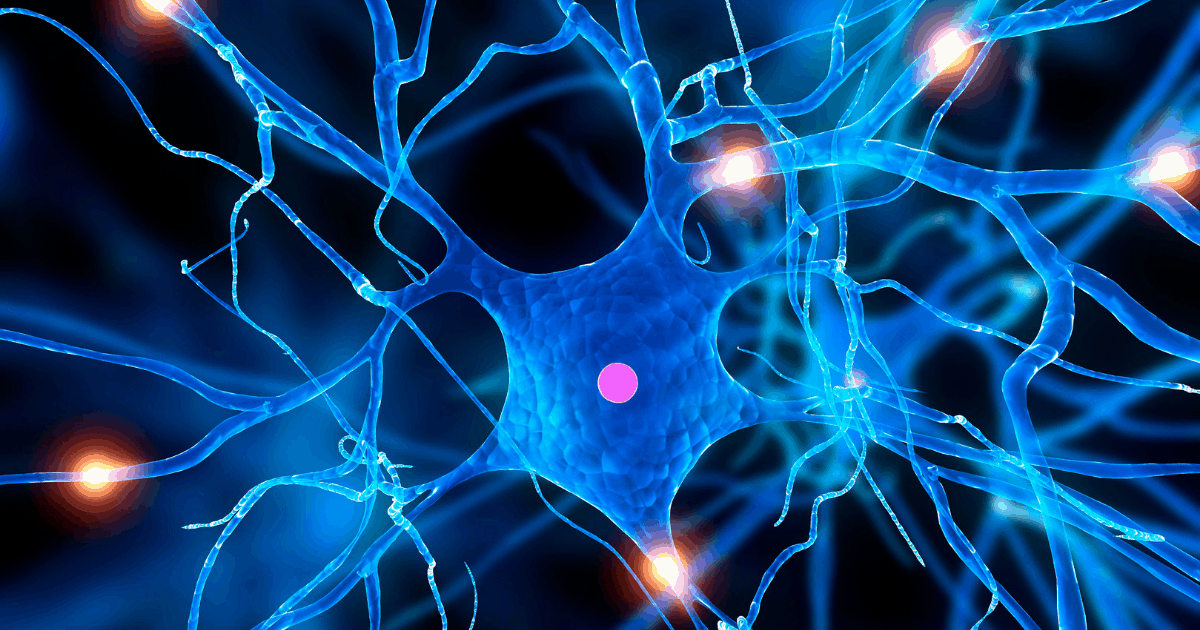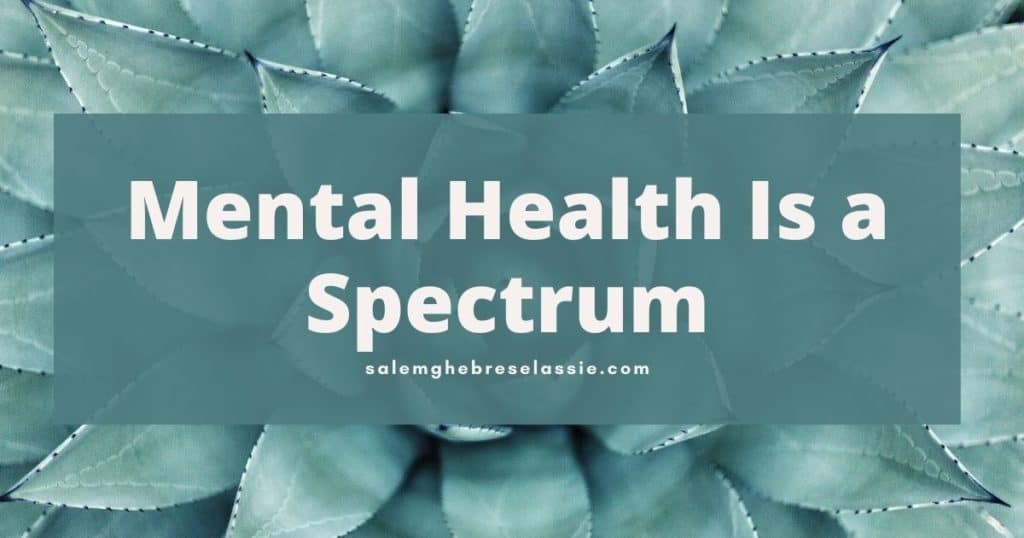It was thought before that a child’s knowing, growing, and relationships sewing develop completely separately. Even when it comes to assessing children at a young age, healthcare providers before used to assess the different categories separately – the child’s cognitive development, social development, and physical growth. This way of assessment and understating of human development fails to give a true impression of human development is combined as a whole. Unlike the ancient science of phrenology taught that the different areas of the brain are strictly responsible for different areas of development. Rather the brain is an extraordinary organ that contains 100 billion cells almost equal to the number of stars in the galaxy in which we reside. Each of these neurons has approximately 10,000 synapses (points of connections between them and another neuron). This thought to be the single most complex physical object in the known universe, and all development is rooted in changes in brain structure and function.
Brain development is more like the growth of a tree, which becomes an integrative whole of interrelated areas of maturation that is supported by this extraordinary neurobiological root system of brain growth. Brain growth is mainly dependent upon a child’s give and takes relationships with the human caregiver. This gives and takes relationships is the main ingredient in the brain and environmental influence development. Such a healthy responsive relationship produces stronger cognitive and language skills, increases social confidence, and better performance later in school. Children are vulnerable to the adverse influences of a parent’s or caregiver’s mental health status. Cognitive, social, emotional, and physical development are not separate domains; rather these skills develop in parallel and woven together like strands in a rope. During the development process, each of these abilities is strengthened through interaction with a caregiver.
Brains are built over time while the foundations of brain architecture are constructed early in life. The neural connections that include the structure of the developing brain are formed through an ongoing process that starts before birth, continues into adulthood. This either establishes a strong or weak foundation for all the health, learning, and behavior that follow after. Between 700-1000 new synapses (the connection between neurons) are formed every second. After a period of rapid multiplying, they are reduced through the process of pruning, which in turn enables the remaining brain circuits to become stronger and more efficient. Early life experiences affect the nature and quality of the brain’s developing architecture by determining which circuits are secured and which are trimmed through lack of use. So it is kind of you either use it or lose it type of thing. Just the same of building a house where the foundation needs to be strong and well build in order to accommodate what comes after – the certain parts of the brain must be built in a predictable sequence and what is build earlier must be strong enough to support the long term structure.
The strong influence of early life experiences on brain architecture development can be both a period of great opportunity and vulnerability for growth. Environments that provide adequate nutrients, free of all kinds of abuse, strong positive social interactions with caregivers prepare the developing brain of the child to function well in a variety of circumstances. Vice versa an adverse environment in which young children are not well- nourished, exposed to all kinds of neglect and abuse from caregivers. Therefore, deprived of appropriate social experiences is likely to disrupt the construction of important foundational brain architecture. Once a weak brain foundation is established can have detrimental effects on cognitive, language, emotional, and social skills, even if a healthy environment is stored at a later age.
S.G






